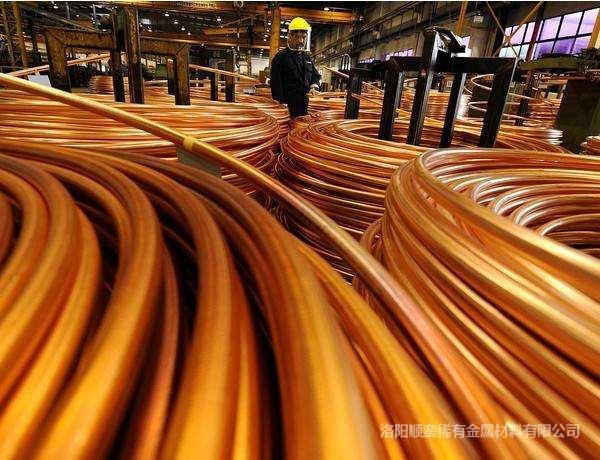28
2018
-
12
Basic classification of non-ferrous metals
Source: Network
Release time:2018-12-28 17:59
Copper in non-ferrous metals is one of the earliest metal materials used by humans. Modern non-ferrous metals and their alloys have become indispensable structural and functional materials in the fields of machinery manufacturing, construction, electronics, aerospace, and nuclear energy utilization.
In practical applications, non-ferrous metals are usually divided into 5 categories:
light metal
The density is less than 4500kg/m3 (0.53~4.5g/cm3), such as aluminum, magnesium, potassium, sodium, calcium, strontium, barium, etc.
Heavy Metal
The density is greater than 4500kg/m3 (4.5g/cm3), such as copper, nickel, cobalt, lead, zinc, tin, antimony, bismuth, cadmium, mercury, etc.
Precious Metals
The price is more expensive than the common metals, the crustal abundance is low, the purification is difficult, and the chemical properties are stable, such as gold, silver and platinum group metals.
semi-metal
The properties are between metals and non-metals, such as silicon, selenium, tellurium, arsenic, boron, etc.
rare metal
Including rare light metals, such as lithium, rubidium, cesium, etc;
Rare refractory metals, such as titanium, zirconium, molybdenum, tungsten, etc;
Rare dispersed metals, such as gallium, indium, germanium, etc;
Rare earth metals, such as scandium, yttrium, lanthanides;
Radioactive metals, such as radium, francium, polonium, and uranium and thorium in a series of elements.

Key words:


